Farmers from the major wheat- and rice-growing provinces of India have filed into the capital region to voice their displeasure with recent farm reforms. This comes as India’s government undermines longstanding privileges for farmers in a major transition toward free market agriculture.
For weeks farmers have been camping out along major highways near New Delhi to protest the deregulation of agriculture markets. Demonstrators have blocked traffic, clashed with police, and brought trucks full of food and supplies, indicating that they do not plan on going anywhere until the reforms are repealed.
The reform that has generated the most outrage, the Farmers’ Produce Trade and Commerce Act, grants farmers the freedom to sell directly to private traders and retailers, allowing them to bypass government-sponsored middlemen. It also removes taxes on produce sales. India’s Ministry of Agriculture and Farmers Welfare said in a press release that the policy will “promote barrier-free inter-state and intra-state trade and commerce outside the physical premises of markets notified under State Agricultural Produce Marketing legislations.”
This is a significant change of pace from previous legislation, which mandated that farmers sell their produce in state-operated Agricultural Produce Market Committees (APMCs). As a result, APMCs have maintained regional monopsonies that purchase produce from a portion of India’s farmers at or above minimum support prices (MSPs) established by the government. Unsurprisingly, exclusive market access has led APMCs to impose a whole host of bureaucratic costs including market fees, user charges, levies, and commissions for agents.
Another reform deregulates the supply of certain food items (except in the event of a crisis) in order to prevent waste and attract private investment in food storage and distribution. This is an amendment to the Essential Commodities Act (ECA), which disincentivized investments in food storage by placing limits on the stock of many food items deemed essential by the government.
The removal of these significant barriers to entry was given a green light by the Indian Parliament in hopes of modernizing the economy and generating growth in a largely stagnant agricultural sector. Prime Minister Narendra Modi has staunchly defended the reforms on the grounds that increased private investment will raise farm incomes. He asserted that “all walls and obstacles are being removed now” when referencing the new market opportunities available to farmers.
Despite assurances of increased prosperity, farmers from the provinces of Punjab and Haryana are concerned that deregulation will leave them at the mercy of corporations in an unfettered free market. They are particularly worried that increased competition will restore market prices for their produce, leading to the effective removal of MSPs, which the Indian government has insisted they will maintain.
Predictably, those standing in the way of liberalization are those who gain the most from government intervention. Rice and wheat farmers from Punjab and Haryana are the principal beneficiaries of India’s state-run agricultural system. Ashok Gulati, a prominent Indian agricultural economist, noted that Punjab’s farmers benefit most from APMCs because rice and wheat are among the only crops that are largely procured at subsidized prices. He also noted that “Each of its [Punjab’s] 1 million farm households gets $1,600 a year in subsidized fertilizer and free electricity to pump groundwater.”
These arrangements have generated inefficiency at the expense of consumers and less privileged farmers. The vast majority of grain sold at APMCs is procured on behalf of the government-operated Food Corporation of India (FCI) at prices above MSPs, which has led to massive stockpiles of excess grain paid for by Indian taxpayers. APMCs also exercise monopoly power by increasing commission charges without improving services, while forcing many farmers to conduct business through layers of costly intermediaries due to poor market infrastructure. Crops that are not subject to the APMC system also have significantly higher growth rates than rice and wheat.
The reforms undermine a system of dispersed costs and concentrated benefits by opening the door to the free market. Krishnamurthy Subramanian, India’s top economic advisor, emphasized that “the silent majority is the one that benefits from the reforms, while the vocal minority is usually the one that benefits from the status quo continuing.” Mounting pressure from the vocal minority has prompted the government to enter talks with representatives from forty farmers’ unions, threatening to reverse much-needed liberalization. The two sides have yet to reach an agreement.
This article was originally featured at the Ludwig von Mises Institute and is republished with permission.






